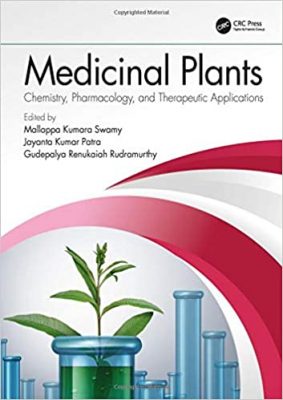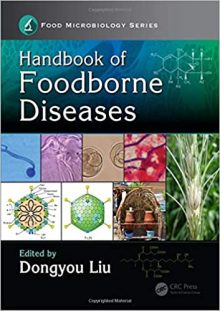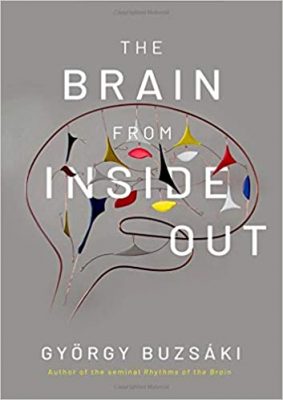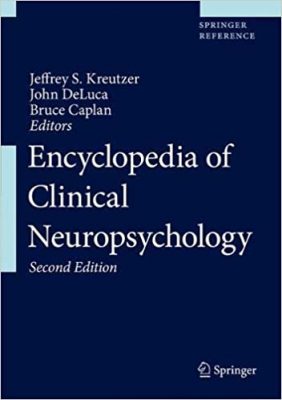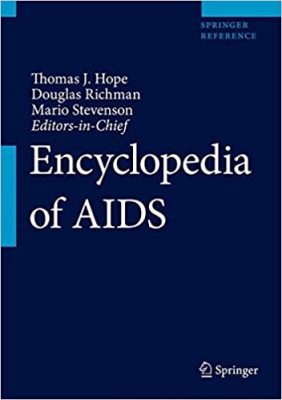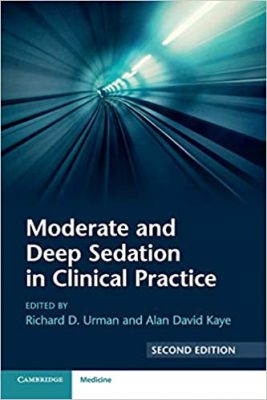Rare Disorders that Cause Dysphagia: A Guide for Speech-Language Pathologists
Rare Disorders that Cause Dysphagia: A Guide for Speech-Language Pathologists

Rare Disorders that Cause Dysphagia
Rare Disorders that Cause Dysphagia: A Guide for Speech-Language Pathologists is a resource manual to help medical speech-language pathologists identify the rare disorders that cause dysphagia and offer practical, therapeutic approaches to treatment. Most medical speech-language pathologists are acquainted with common etiologies of dysphagia, such as strokes, head injury, brain tumors, etc. However, there are less common disorders and syndromes that contribute to dysphagia that are not included in most textbooks and reference guides. Consequently, many clinicians who specialize in swallowing disorders are unaware of the impact that most uncommon diseases can have on swallowing.
FOR MORE MEDICAL BOOKS VISIT EDOWNLOADS.ME
Clearly organized, each chapter is divided into six sections: Definition, History, Etiology, Epidemiology, Clinical Manifestations of Dysphagia, and Management of Dysphagia. Each chapter begins with a list of key terms that are bolded throughout the text and included in a glossary.
DOWNLOAD THIS BOOK

